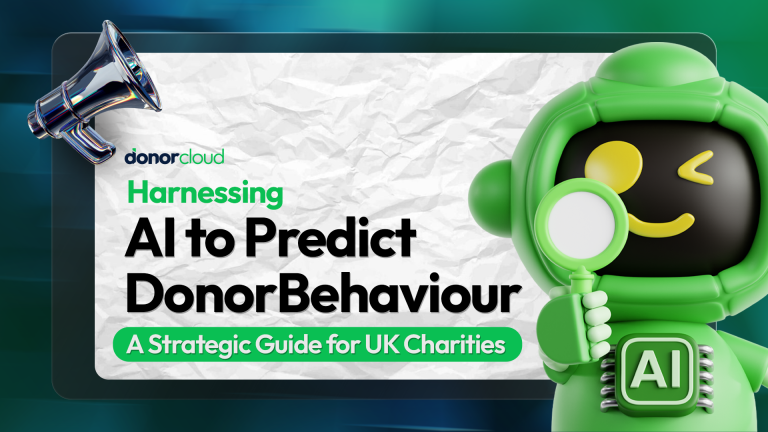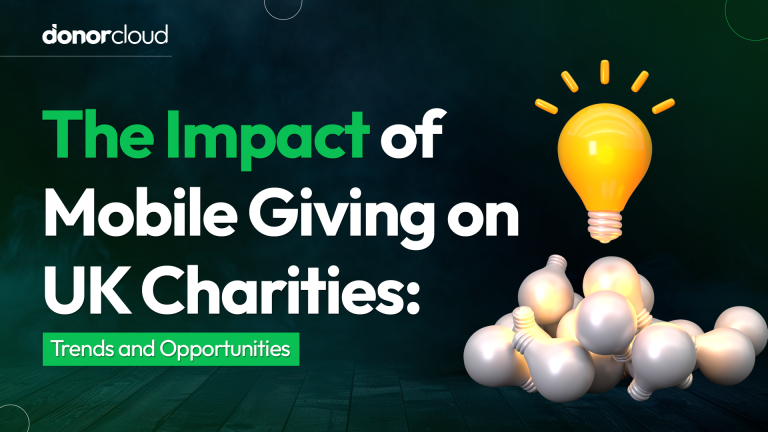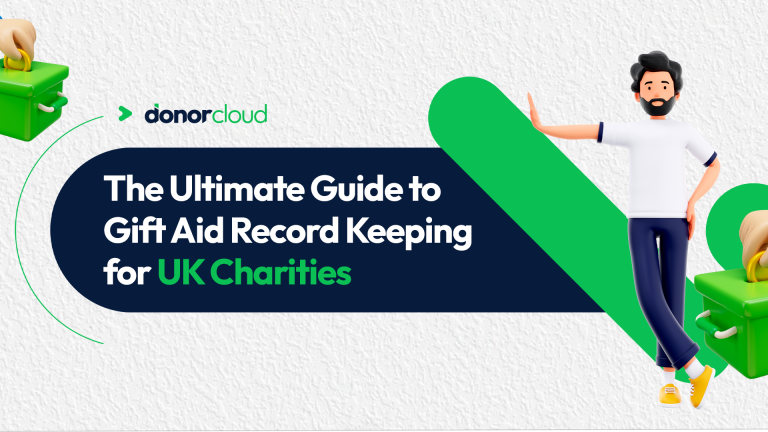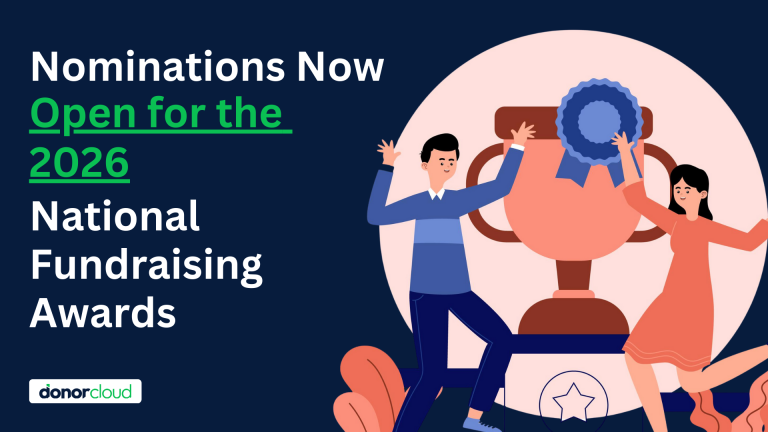Corporate sponsorships can be transformative for UK charities aiming to diversify income streams and elevate their public profile. Done right, these partnerships go beyond financial support—they become long-term alliances grounded in shared values, brand alignment, and mutual impact.
This guide walks UK charities through a clear strategy for securing corporate sponsorships, from research to proposal writing to long-term relationship management.
Table of Contents
ToggleUnderstanding Corporate Sponsorship and Its Benefits
Corporate sponsorship involves a business supporting a nonprofit’s programmes, campaigns, or events in exchange for brand exposure and reputation enhancement. These arrangements work best when both parties share common goals.
For businesses, sponsorships boost their Corporate Social Responsibility (CSR) credentials, build goodwill, and connect them with socially conscious audiences.
For charities, sponsorships bring in funding, expand their reach, and provide access to the sponsor’s network and professional resources.
In an increasingly competitive UK fundraising landscape, securing corporate sponsors can provide stability and visibility for long-term success.
Step 1: Research and Identify Potential Corporate Partners
Before reaching out to companies, take time to identify those whose mission, values, and customer base align with your cause.
Factors to Consider:
- Corporate Values & CSR Policies: Review their annual CSR reports or sustainability initiatives to ensure compatibility.
- Industry Relevance: Approach businesses in sectors that naturally align with your mission. For example, health-related charities might connect well with fitness brands.
- Previous Partnerships: Look into other sponsorships the company has supported. This gives insight into their budget range, preferred causes, and campaign structure.
By targeting aligned companies, your approach will be more authentic—and more likely to succeed.
Step 2: Craft a Persuasive Sponsorship Proposal
Your sponsorship proposal is your first real pitch—make it count. It should communicate not just what you need, but how the partnership benefits the sponsor.
Key Elements of a Strong Proposal:
- Executive Summary: Introduce your organisation, highlight recent impact, and clearly state the opportunity.
- Details of Sponsorship Request: Specify the project, event, or initiative requiring sponsorship. Include timeline, audience demographics, and outreach strategy.
- Sponsor Benefits: Describe how the brand will be recognised (e.g., logo placements, social media features, co-branded campaigns).
- Measurement Metrics: Offer clear KPIs like event attendance, reach, media coverage, or impact reports to reassure the sponsor their investment is being tracked.
- Partnership Options: Provide sponsorship tiers or flexible packages to accommodate different levels of engagement and budgets.
Your proposal should blend professionalism with emotional appeal, showing why your cause matters—and how their brand can be a part of it.
Step 3: Network and Build Authentic Relationships
Securing sponsorships isn’t just about cold outreach—it’s about relationship-building.
Where to Start:
- Attend fundraising conferences, local business meetups, or industry exhibitions.
- Join CSR-focused online groups on LinkedIn or platforms like Eventbrite.
- Set up introductory calls or casual meetups before jumping into funding asks.
Take time to understand the business’s goals and show a willingness to create a tailored partnership. Long-term collaborations often begin with informal, trust-building conversations.
Step 4: Negotiate the Partnership Agreement
Once interest is established, it’s time to agree on deliverables, timelines, and expectations.
Best Practices:
- Be transparent about your needs and capacities.
- Define what the sponsor receives and how often.
- Consider using a Memorandum of Understanding (MoU) to formalise the agreement without legal complexity.
Focusing on mutual value during negotiation helps establish a balanced, respectful dynamic that’s more likely to endure.
Step 5: Learn from Real-World Case Studies
Several UK charities have established successful corporate sponsorships by aligning their missions with companies that share similar values and objectives. Here are a few notable examples:
- Macmillan Cancer Support & Boots UK
Macmillan partnered with Boots to provide specialist cancer information and support in local communities. The collaboration trained over 2,000 Boots pharmacists to offer guidance and emotional support to those affected by cancer. This partnership not only extended Macmillan’s reach but also strengthened Boots’ position as a community-focused healthcare provider. - NSPCC & Lidl UK
Lidl UK launched a long-term partnership with the NSPCC, aiming to raise £3 million to help keep children safe from abuse. The campaign included fundraising through store promotions and employee involvement. Lidl supported awareness drives like “Speak Out. Stay Safe,” which educated children about abuse and how to seek help — aligning with the brand’s commitment to families and community well-being. - Mind & ASOS
ASOS, the online fashion retailer, partnered with the mental health charity Mind to promote workplace wellbeing and mental health awareness. This included fundraising, employee engagement, and the integration of mental health support across ASOS’s internal culture. The partnership demonstrated a strong alignment between Mind’s mission and ASOS’s focus on supporting its workforce and customer base.
These real-world examples show that successful sponsorships are rooted in shared values, mutual benefit, and a long-term commitment. By studying these partnerships, your charity can model similar strategies — conducting strong research, clearly communicating value, and fostering sustainable, impact-driven relationships.
Step 6: Maintain and Grow the Relationship
Once a sponsorship is secured, the real work begins—delivering on promises and nurturing the connection.
Retention Tips:
- Share impact reports and testimonials regularly.
- Invite sponsors to events and public recognition moments.
- Send personalised thank-you notes and year-end updates.
When sponsors feel valued and see the results of their support, they’re more likely to continue—and even increase—their contributions.
Conclusion and Next Steps
Corporate sponsorships can unlock new potential for UK charities—but only with the right approach. By aligning with the right partners, presenting a compelling case, and fostering long-term relationships, your charity can create sponsorships that go beyond funding—they become engines for shared success.
Ready to take the next step?
Start by researching aligned companies, crafting your proposal, and initiating conversations with potential sponsors. For tools to manage campaigns, track outcomes, and keep sponsors engaged, explore donor management platforms like DonorCloud. Strategic partnerships are within reach—it begins with a well-planned conversation.





